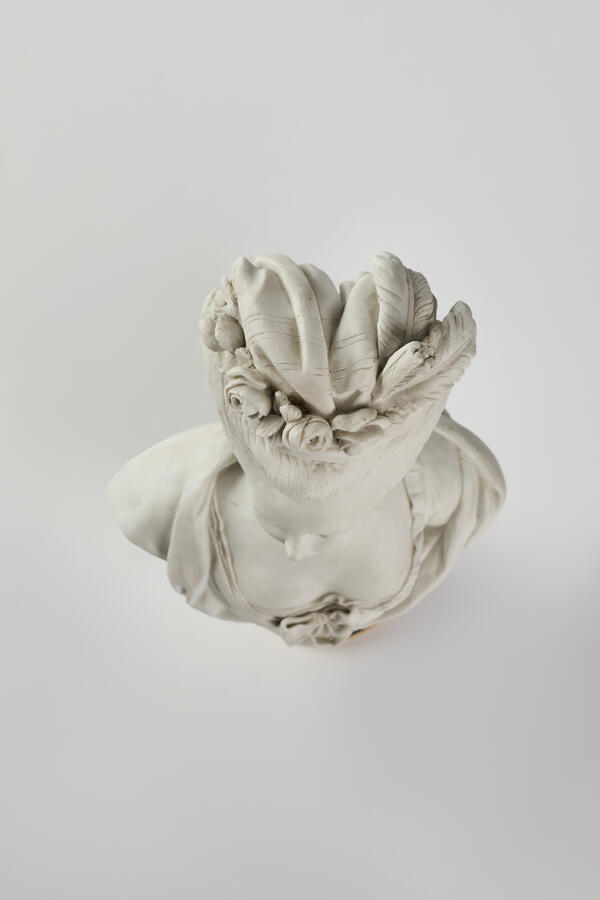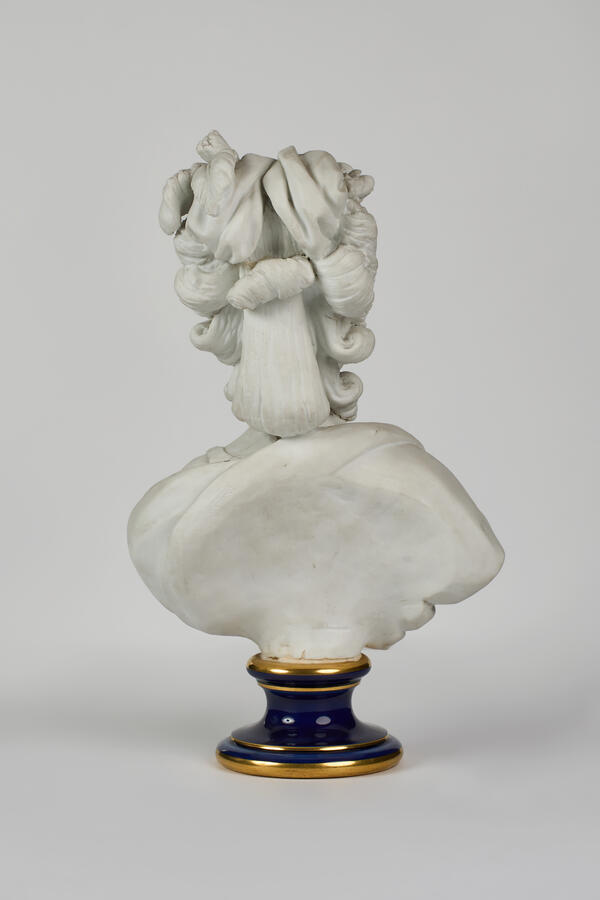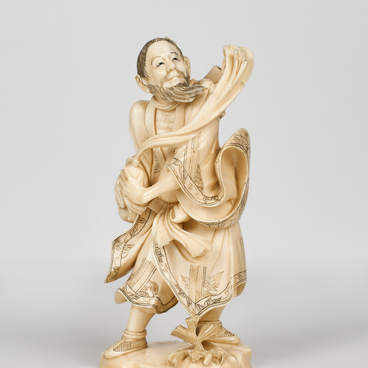Porcelain became extremely fashionable in France in the 18th century. At first, with the king’s support, the production of soft-paste porcelain was established in Sèvres. Sèvres is a small town in the vicinity of Paris. It is located in one of the most picturesque corners of France — not far from the famous park Saint Cloud, halfway from Paris to Versailles. After deposits of kaolin (porcelain clay) were discovered in Limoges, hard-paste porcelain production began in Sèvres in 1769.
Porcelain is a very suitable material for creating small decorative objects and sculptures.
Unglazed, matte, white porcelain is called biscuit porcelain. The technique of creating such porcelain consists in firing it twice, which is indicated by the first part of the term itself — bis, meaning “two”.
Biscuit porcelain is related to its confectionery counterpart — a biscuit — not only by its “tasty” name, but also by its porosity. Due to its porous structure, biscuit porcelain is never used for the manufacture of tableware. However, as a material for artistic sculpture, it is in great demand.
In Sèvres, the production of “biscuit” sculpture and small figurines began in the middle of the 18th century. Sculptural portraits of French kings and queens, as well as rulers of other states, were also made. Among them were portraits of Catherine II, Paul I, Maria Feodorovna and others.
The bust of Maria Feodorovna was made at the Sèvres manufactory in 1787. The model itself, from which the bust was cast, was created in 1782 during a visit to France by Paul I, then still the Grand Duke, and his wife Maria Feodorovna. A similar bust is kept in the collection of the Pavlovsk State Museum-Reserve.
The bust of Maria Feodorovna shows the upper part of her body, down to her waist. It is made of white biscuit — hard-paste porcelain. Biscuit is a material perfectly suitable for small sculptural images. It has a delicate matte surface, which shows all the details clearly.
Maria Feodorovna is wearing a formal dress decorated with a bow, a star on the left, and a ribbon of the Order of St. Catherine over her right shoulder. Her hair is brushed up, away from the face. She also has a hat with feathers and a wreath of roses.





